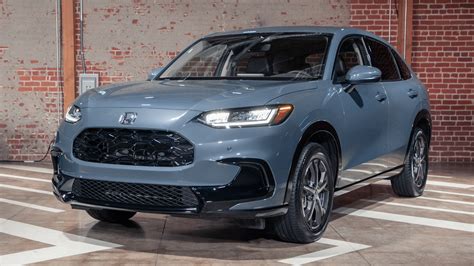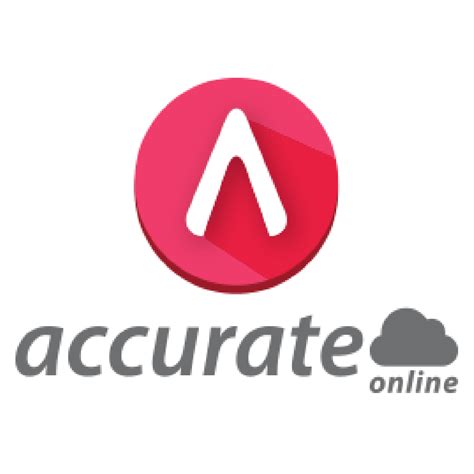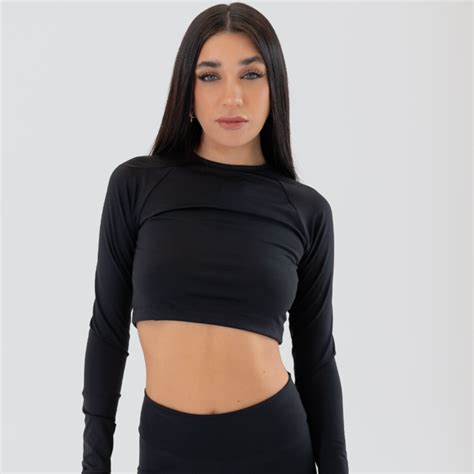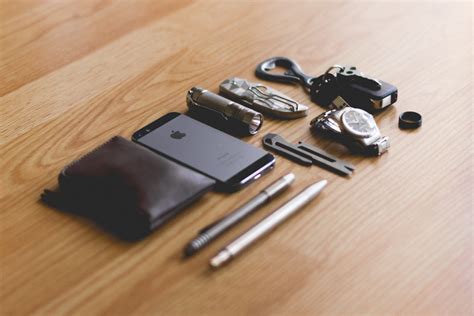Best smart wearable for HRV tracking to optimize recovery & performance?

In the quest for peak physical and mental performance, understanding your body’s subtle signals is paramount. Heart Rate Variability (HRV) has emerged as a crucial biomarker, offering a window into your autonomic nervous system and, by extension, your stress levels, recovery status, and overall readiness. Fortunately, smart wearables have made advanced HRV tracking more accessible than ever, transforming how athletes, fitness enthusiasts, and health-conscious individuals approach their daily routines.

What is HRV and Why Does It Matter?
Heart Rate Variability measures the variation in time between consecutive heartbeats. Unlike a steady pulse, a healthy heart doesn’t beat at perfectly regular intervals. These tiny fluctuations are controlled by your autonomic nervous system (ANS), which consists of the sympathetic (fight-or-flight) and parasympathetic (rest-and-digest) branches.
A higher HRV generally indicates a well-balanced ANS, suggesting good adaptability, lower stress, and better recovery. Conversely, a consistently lower HRV can signal fatigue, overtraining, illness, or high stress levels. By monitoring HRV, you gain actionable insights into how well your body is coping with various stressors, whether from training, work, or lifestyle factors, allowing you to make informed decisions about your recovery, training intensity, and overall well-being.
Key Features to Look for in an HRV Wearable
When selecting an HRV tracking device, several factors contribute to its effectiveness and user experience:
- Accuracy: While chest straps are often considered the gold standard for ECG-level accuracy, modern optical sensors in rings and watches have become highly reliable, especially when worn correctly and consistently.
- Data Interpretation & Insights: Raw HRV data can be complex. The best wearables translate this data into easy-to-understand scores (e.g., readiness, recovery, sleep scores) and provide actionable recommendations.
- Comfort & Wearability: For consistent tracking, the device must be comfortable enough to wear 24/7, including during sleep and workouts.
- Battery Life: Frequent charging can disrupt tracking. Look for devices with multi-day battery life.
- App Ecosystem & Integration: A robust app with clear historical data, trend analysis, and integration with other fitness platforms (e.g., Strava, TrainingPeaks) enhances usability.
- Other Health Metrics: Many HRV wearables also track sleep stages, resting heart rate, skin temperature, and activity, offering a holistic view of your health.

Top Smart Wearables for HRV Tracking
1. Oura Ring
The Oura Ring is renowned for its discreet design and comprehensive sleep and recovery tracking, with HRV being a core metric. Worn on the finger, it uses advanced photoplethysmography (PPG) sensors to capture highly accurate data. Its accompanying app provides a daily “Readiness Score” based on HRV, resting heart rate, sleep, and body temperature, guiding users on whether to push hard or prioritize rest.
2. Whoop
Whoop is a subscription-based fitness tracker designed for serious athletes and health enthusiasts. It offers 24/7 physiological monitoring, focusing on “Strain” (exertion), “Recovery” (primarily based on HRV, sleep, and RHR), and “Sleep.” Whoop provides highly personalized insights and coaching recommendations based on your daily recovery status, making it excellent for optimizing training loads.

3. Garmin (Select Models)
Many higher-end Garmin watches (e.g., Forerunner, Fenix, Epix series) incorporate HRV tracking, which feeds into features like “Body Battery” and “Training Status.” Garmin leverages Firstbeat Analytics for its algorithms, providing detailed stress scores, recovery time recommendations, and VO2 max estimations. While not as prominently displayed as a standalone metric, HRV is a foundational element of Garmin’s robust performance metrics.
4. Apple Watch (with Third-Party Apps)
While the Apple Watch natively captures HRV data (often during the “Breath” app or randomly throughout the day), it doesn’t provide the same depth of interpretation as dedicated recovery devices. However, its excellent sensor accuracy can be leveraged by powerful third-party apps like Athlytic, TrainingPeaks, AutoSleep, and HRV4Training, which interpret the raw data to offer comprehensive recovery and readiness insights.
5. Polar (Select Models)
Polar has a long history in heart rate monitoring. Devices like the Polar Vantage V3 and Grit X Pro offer advanced HRV-based features, including “Nightly Recharge” (sleep and ANS recovery) and “Recovery Pro” (requiring a chest strap for optimal accuracy). Polar’s ecosystem is strong for structured training and provides detailed feedback on how well your body is recovering.

How to Use HRV Data for Optimization
Merely tracking HRV isn’t enough; the real value lies in how you interpret and act on the data:
- Consistency is Key: Track HRV at the same time each day, ideally in the morning after waking, to establish a reliable baseline.
- Look for Trends, Not Daily Fluctuations: Daily HRV can vary. Pay attention to week-long or month-long trends and significant drops from your baseline.
- Adjust Training: If your HRV is consistently low, it might be a sign of overtraining. Consider active recovery or a lighter session. A high HRV might indicate readiness for a more intense workout.
- Prioritize Recovery: Low HRV can also signal poor sleep, high stress, or illness. Use this as a prompt to focus on quality sleep, nutrition, hydration, and stress management techniques.
- Listen to Your Body: HRV data should complement, not replace, your subjective feelings. If the data says you’re ready but you feel exhausted, listen to your body.

Conclusion
Smart wearables for HRV tracking have revolutionized personal health and performance optimization. By offering accessible and actionable insights into your body’s recovery status, these devices empower you to make smarter decisions about training, nutrition, and lifestyle. Whether you’re an elite athlete or simply striving for better well-being, investing in a reliable HRV tracker can be a game-changer in your journey towards optimal recovery and peak performance. Choose the wearable that best fits your lifestyle, budget, and specific needs, and embark on a data-driven path to a healthier, more optimized you.







